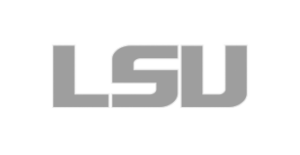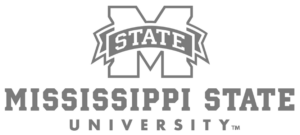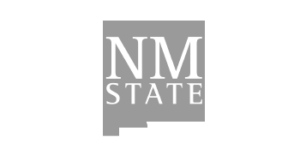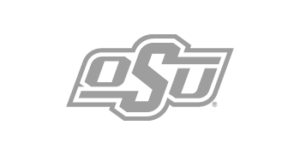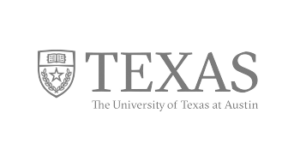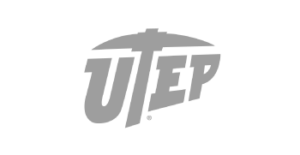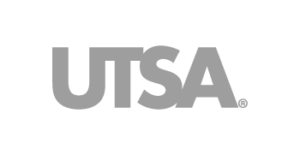Drs. Nicholas (Nick) Fey and Ross Neuman, an associate professor and postdoctoral scholar, respectively, in the Walker Department of Mechanical Engineering and the Texas Robotics Consortium at The University of Texas at Austin, have recently secured a spot in the National Science Foundation’s National I-Corps program, bringing their pioneering work on “soft exosuits” closer to commercialization. This selection marks a pivotal step for this team as they develop a new generation of wearable technology designed to assist those with mobility challenges.
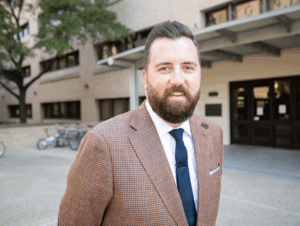
Dr. Nick Fey
Soft exosuits are a cutting-edge alternative to traditional mobility-assisting orthotic devices. Unlike rigid exoskeletons, these exosuits are lightweight, flexible, and highly customizable, making them suitable for a wide range of users, from neurological patients to aging workers. This research from the Systems for Augmenting Human Mechanics (SAHM) Lab, which was founded by Fey and supported by talented team members like Neuman (who completed his PhD from the Cockrell School in 2023) seeks to address the limitations of existing exosuits by integrating user-specific data—such as 3D body geometry and joint movement patterns—into a sophisticated modeling system and wearable device that helps engineers and clinicians optimize the device to meet individual needs and specific life goals.
The adaptability of these exosuits is one of their most significant innovations. Their team has developed and tested a prototype that allows for adjustments in waist attachment locations, stiffness, and the length of passive elements, creating a highly configurable device. This level of customization is essential for providing meaningful assistance tailored to the unique physical characteristics of each user, which would be difficult to achieve without the accompanying modeling system.
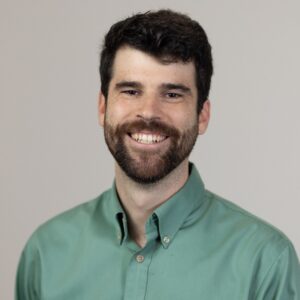
Dr. Ross Neuman
The potential impact of this technology extends across multiple fields. Soft exosuits could benefit not only elderly populations and those with neurological conditions such as multiple sclerosis (MS) but also individuals in physically demanding occupations. For example, people with MS often rely on walkers or canes, but these aids do not address the hip flexion deficits commonly associated with the condition. The exosuit could offer a targeted solution, enhancing mobility and independence for such users. The exosuit also has significant implications for orthopedic rehabilitation, particularly for patients recovering from hip or knee replacements. Additionally, there are unique opportunities to incorporate this technology within clinics where it could be used collaboratively by patients and their caregivers during the rehabilitation process.
Their commercialization strategy focuses on collaborating with physical therapists and orthotists to optimize the device and the accompanying modeling system. By involving clinicians in the development process, the team aims to ensure that the technology is both effective and user-friendly. Given the low cost of the exosuit and the emphasis on intellectual property related to the software and modeling system, Dr. Fey envisions a subscription-based model for clinics. This approach could streamline the introduction of the technology into the market, allowing clinicians to guide its application and provide customized care to patients.
Expressing his enthusiasm for the journey ahead, Dr. Fey remarked:
“The NSF I-Corps program is a tremendous opportunity for our team to explore the commercial viability of our soft exosuit technology. We look forward to collaborating with industry experts and clinicians to refine our product and make a real difference in the lives of those who need it.”
As Dr. Fey and his team embark on this new phase of their work, their participation in the NSF I-Corps program underscores the transformative power of academic research when aligned with a clear path to market. Their innovative approach to mobility assistance has the potential to significantly improve the quality of life for individuals facing mobility challenges, heralding a new era in assistive technology.
